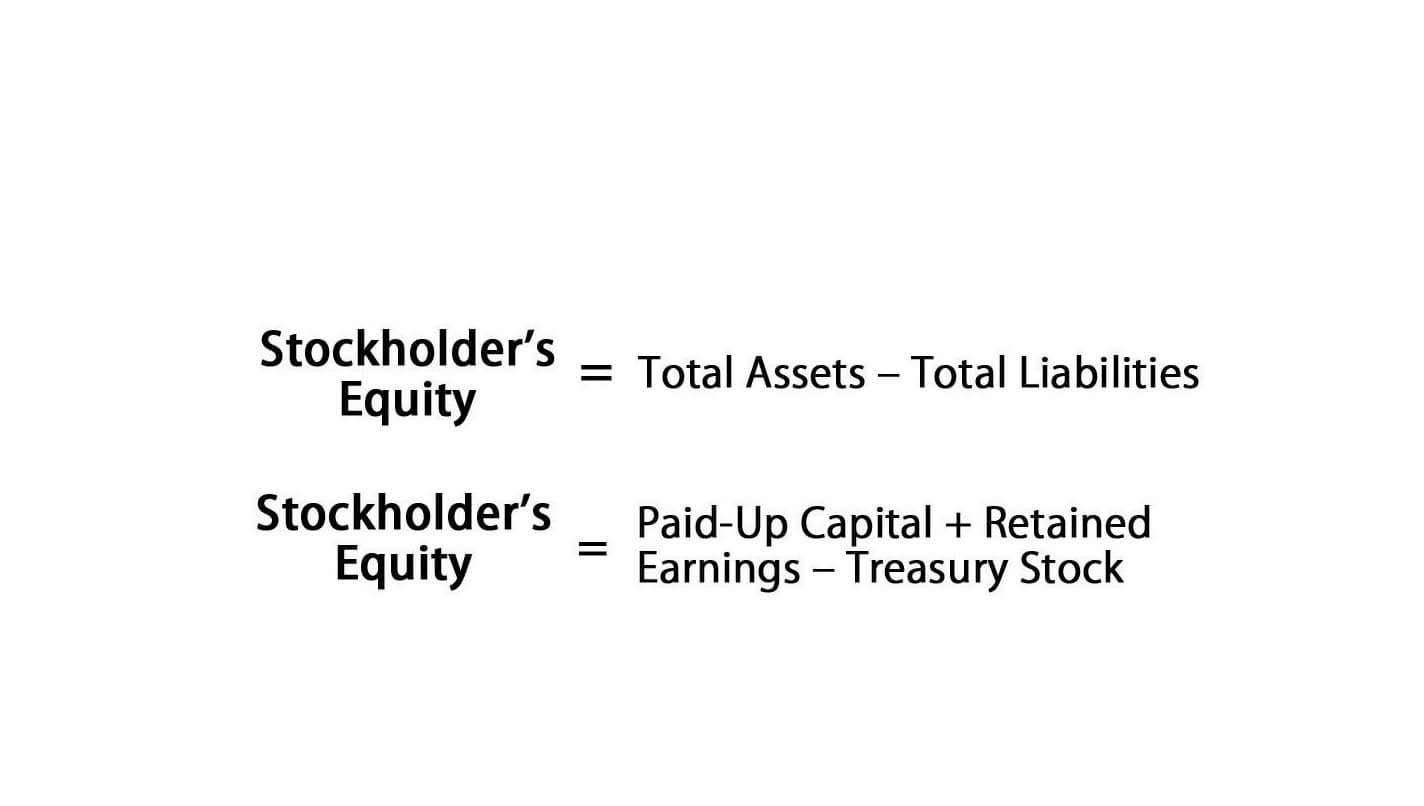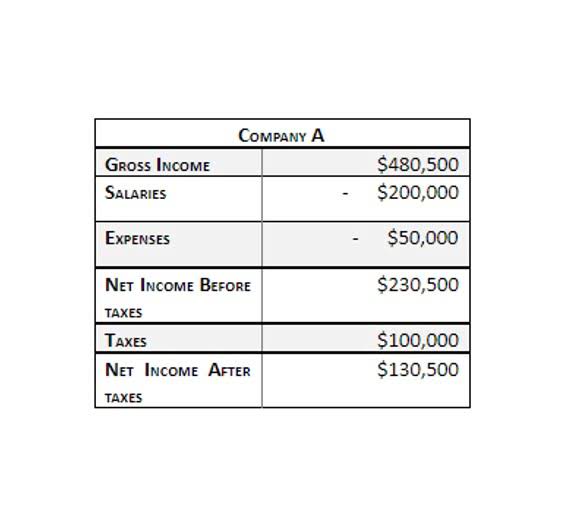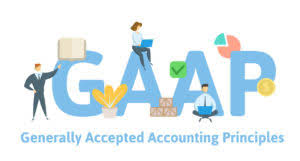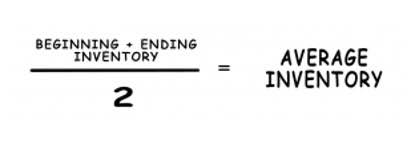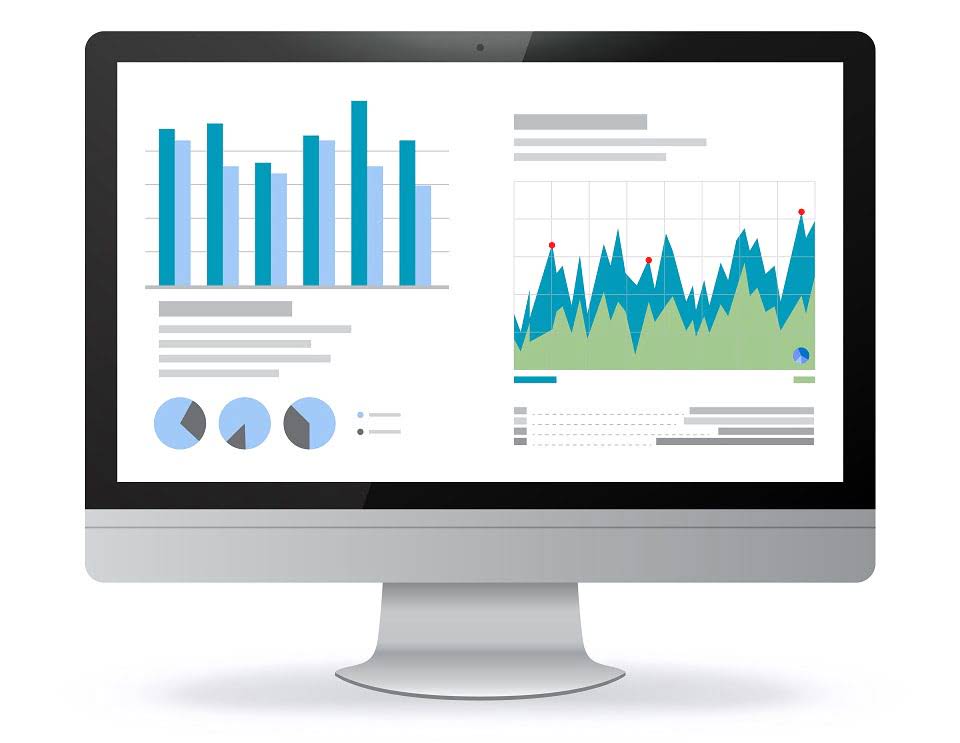General Ledger Definition, Importance, Account Types
CFI is on a mission to enable anyone to be a great financial analyst and have a great career path. In order to help you advance your career, CFI has compiled many resources to assist you along the path. Therefore, everyone within the company network can access the ledger at any point and make a personal copy of the ledger, making it a self-regulated system. This mitigates the risks that Centralized General Ledgers have from having one source control the ledger. The image below is a great illustration of how the blockchain distributed ledger works.
Use audit trails and track version history
Your accounts receivable can be a control account, and an accounts receivable subsidiary account will carry all relevant details for every customer’s credit activity. Other accounts falling in this category are accounts payable, equipment, and inventory. Each entry in the general ledger includes a reference number that states the source of the information. The source may be a subsidiary ledger, such as the sales journal or cash disbursements journal, or it may be a journal entry.
What is an Accounting Ledger?
- Training staff on best practices and conducting periodic reviews can also help maintain high data integrity.
- This guide explores key aspects such as GL accounts, types, reconciliation, and coding, tailored to today’s business requirements.
- If you are implementing a GL Coding system for the first time, the best first step is to outline the current Accounts Payable and Receivable process.
- You may have to make system specific tweaks, but changing an existing format from (3 numbers – 4 numbers – 3 numbers) to add one more section of numbers on the end is as simple as just doing it.
With all the responsibilities your accountants have to begin with it is impossible to find the time to GL Code every invoice. GL Coding was supposed to save your organization time and money on the reporting side and now that is being edged out by needing additional human capital. Everyone knows a person in the office who takes their 10-key skills seriously. Accounts payable and receivable folks can make music with their 10-keys, they are so practiced. However, when facing a GL Code of 8, 12, 16, or even 32 characters, there are only so many transactions they can code in an hour. You have undergone the exhausting task of deciding what information your GL Code String will capture, the format, and how all of your existing information will be coded.
- She can prepare certain reports faster if she has quicker access to data that isn’t captured by the current GL Code string.
- The transactions in a general ledger are organised into five main types; assets, liabilities, equity, revenue, and expenses.
- Modern accounting systems, however, typically require general ledgers to have some common aspects.
- Account numbers within the general ledger are typically configured so that all accounts summarizing into the balance sheet are listed prior to all accounts summarizing into the income statement.
Should I use a GL for my small business?
Accounting, including the General Ledger, relies on the double-entry system. This system dictates that every financial transaction affects at least two accounts, with an equal total of debits and credits. Debits and credits indicate increases or decreases in specific account types.
The following example shows an accounting system transaction within a general ledger for a fictional account, ABCDEFGH Software. In such systems, the GL serves as a central repository for the accounting data. More detailed definitions can be found in accounting textbooks or from an accounting professional. Transactions are entered into the correct account in order to produce the financial reports. Like anything, GL Codes and invoice processing as a whole, can be 100% specialized to fit your needs. The era of technology is upon us and testing unlimited possibilities happens at companies every day.
General ledger accounting software
The general ledger is used differently depending on the account in question, but the balance sheet is the best-known use of it, so we’ll start with that as an example. Founded in 1993, The Motley Fool is a financial services company dedicated to making the world smarter, happier, and richer. However, that same purchase also creates a credit in the liabilities account type, since the company now owes the water cooler manufacturer the price of that appliance. It lists all the accounts contained in the ledger, how they’re classified or identified, and how they’re organized in relation to one another.
The general ledger contains a debit and credit entry for every transaction recorded within it, so that the total of all debit balances in the general ledger should always match the total of all credit balances. If they do not match, the general ledger is said to be out of balance, and must be corrected before reliable financial statements can be compiled from it. To reconcile your GL at the end of each fiscal period, you must generate a trial balance by totaling all of the debit and credit accounts and then checking to verify that the debits are equal to the credits. If these are not equal, then the what is general ledger gl definition from whatis com accountant will check for errors in the journals and accounts.
Businesses need your help recording, classifying, organizing, and indexing their transactions to communicate their financial position and performance to investors, creditors, and regulators. This structured approach ensures consistency and ease of access when managing financial records. Failing to reconcile often leads to discrepancies that compromise the reliability of financial statements.
Now that you’ve learned more about what a general ledger is in accounting, you’ll be better able to provide your accountant with the information they need to keep your books balanced. It’s available to download in Google Docs, Google Sheets, XLS, DOC, and PDF, making it easier to see your business finances at a glance. While the above accounts appear in every general ledger, other accounts can be used to track special categories, perform useful calculations and summarize groups of accounts. She can prepare certain reports faster if she has quicker access to data that isn’t captured by the current GL Code string. Your GL Code has always followed the same format, for example, (xxx-xxxx-xxx). From the beginning, it is imperative to leave room for your GL Coding system to grow or shrink to meet future needs.
Again, you’ll have to review all of the current possible options for that data and apply a standard code. That is the most time consuming part but the ultimate convenience of the GL Code will far outweigh the initial inconvenience. One of the great benefits to using a uniform GL Coding system is the extremely quick data analysis and reporting. There are virtually no limits to how detailed a GL string can be – it is up to your organization to decide the best practices for GL Coding. Below are some common GL Coding practices and tips to keep your Accounts Payables and Receivables from losing their minds in the complexities of accounting.
A General Ledger (GL) is a comprehensive record-keeping system that consolidates all of a company’s financial transactions. It serves as the backbone of the accounting process, ensuring all financial data is systematically recorded organized and retrievable for reporting purposes. The GL is integral for compliance with regulatory demands and assists in financial decision-making, providing a clear picture of a company’s financial health. By maintaining accurate records, the GL plays a crucial role in audits, tax filings and strategic planning. Make it easier to keep track of your transactions, account debits and credits, tax deadlines, and more by incorporating FreshBooks accounting software into your business’s bookkeeping and accounting processes.
There may also be a “balance” column on the far right side of the general ledger, which lists a running total of the balance in each account. A cloud-based solution that makes it easy for accounting firms to manage client work, collaborate with staff, and hit their deadlines. It allows you to send a checklist of the information and documents you need to review and reconcile GL entries tasks in advance.
